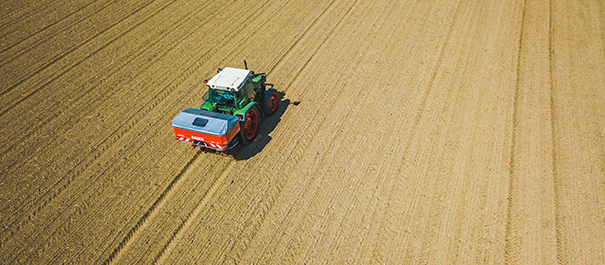






(Unit/t of production)
(Unit/t of production)
N
12
12
Very Sensitive
P2O5
4.2
4.2
Very Sensitive
K2O
12
12
Very Sensitive
MgO
1.9
1.9
Sensitive
SO3
2.2
2.2
Sensitive
TE
Zinc (Zn) from the 6-leaf stage, boron (B) enhances fecundation
Fertilization recommendations:
Silage maize needs nutrients in concentrated form, especially in the first phase of plant development. The total amount of nutrients required for grain maize can be applied prior to cultivation. The largest requirement for nutrients is in the first phase of growth. Too late an application of mineral N increases the risk of leaf burning and delayed ripening. When using urea as well as cattle manure, gaseous N-losses can be substantial if these fertilizers are not worked into the soil immediately after application. Only with high yield expectations and therefore a high N requirement or on light soils (where there is a risk of N-leaching) is a split application of nitrogen is appropriate. One third of the planned quantity of nitrogen is applied during the two to four leaf stage. Later applications increase the risk of leaf burn and delay ripening. The result of this is higher moisture contents in the grain.
Banded fertilization in the form of NP fertilizer brings yield benefits, especially in heavy soils, cold locations and soils low in phosphate, as the poorly developed roots of the young plants can feed directly from the fertilizer band. Temporary phosphate deficiency during juvenile development can be resolved very well with liquid fertilizers or water-soluble nutrient salts applied as foliar fertilizer. Liming can be done before sowing or even in autumn. The maximum quantity of CaO should be 1.500kg/ha - preferably in the form of calcium carbonate, to avoid boron fixation.
Yield parameters of silage maize:
Growing 9-11 strong plants per m² with stable, long-growing stems is ideal and makes for high yields. Strong and healthy cobs are particularly important for a high energy density of the harvested material.
First application

Second application

LAT Nitrogen Austria GmbH
St.-Peter-Strasse 25
4021 Linz, Austria















